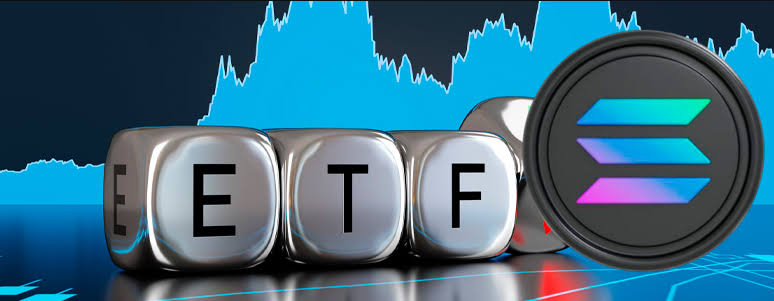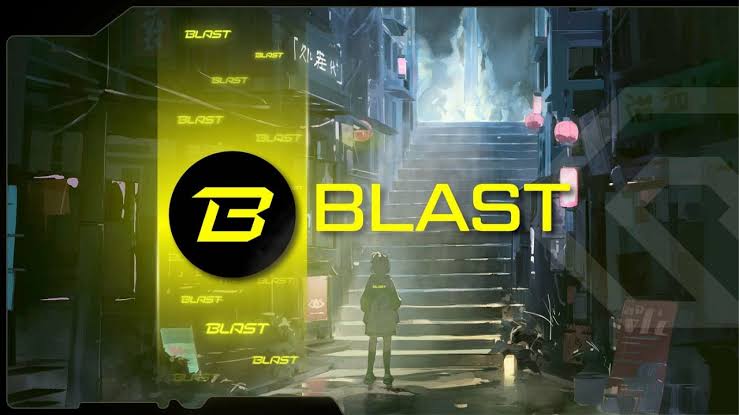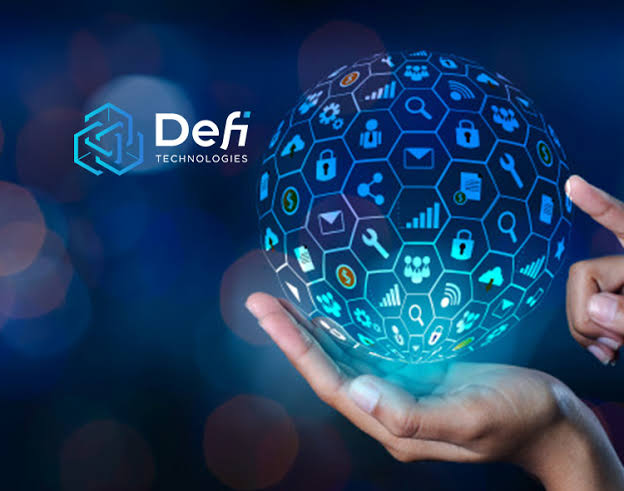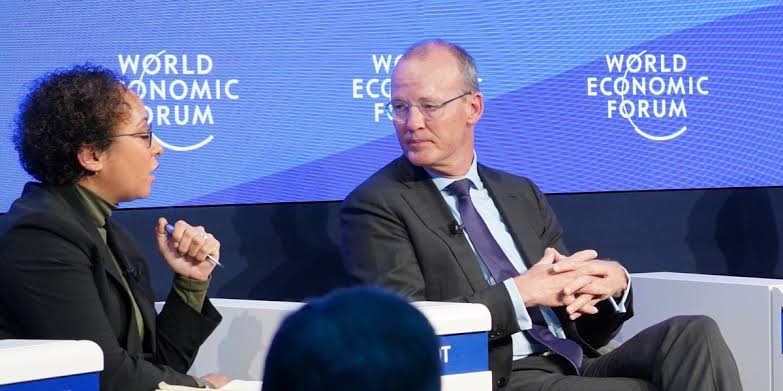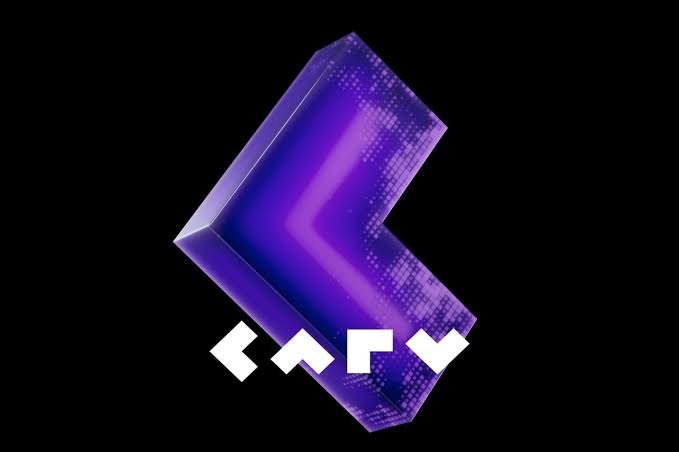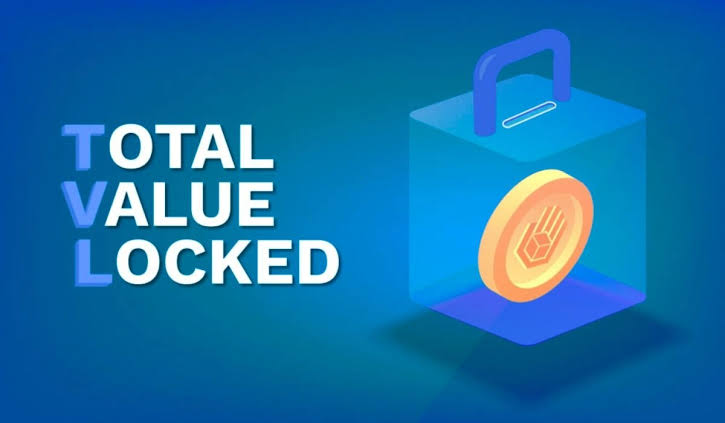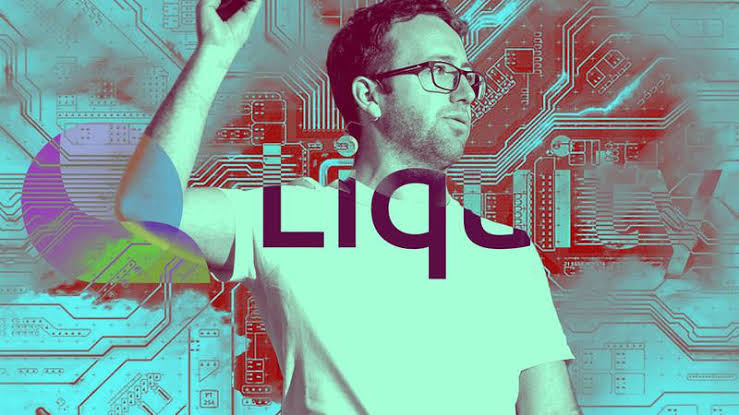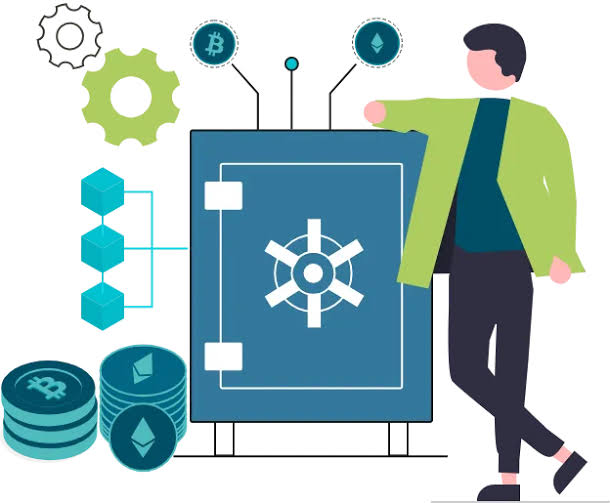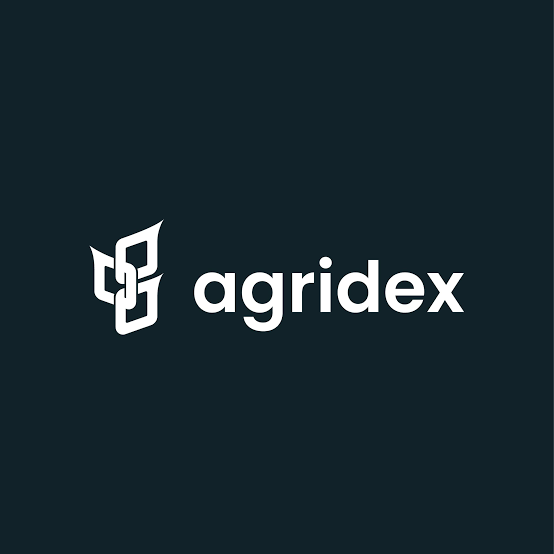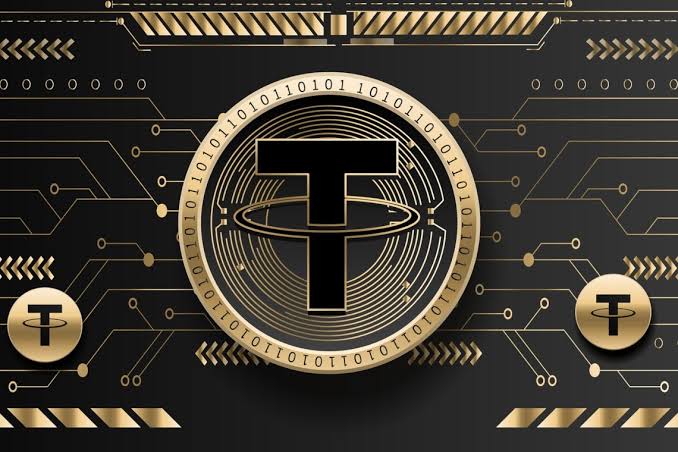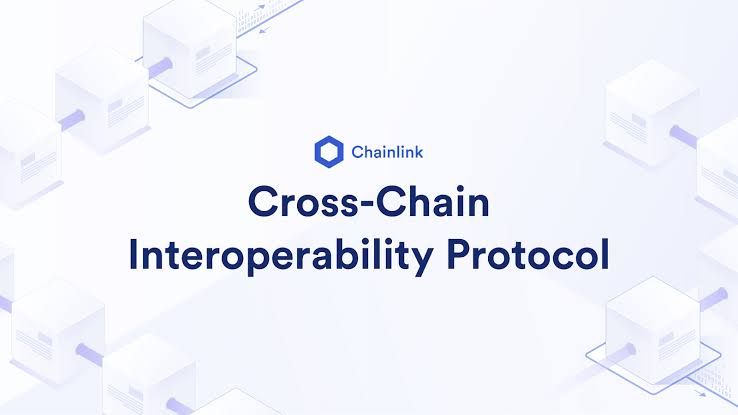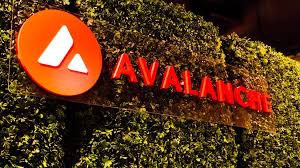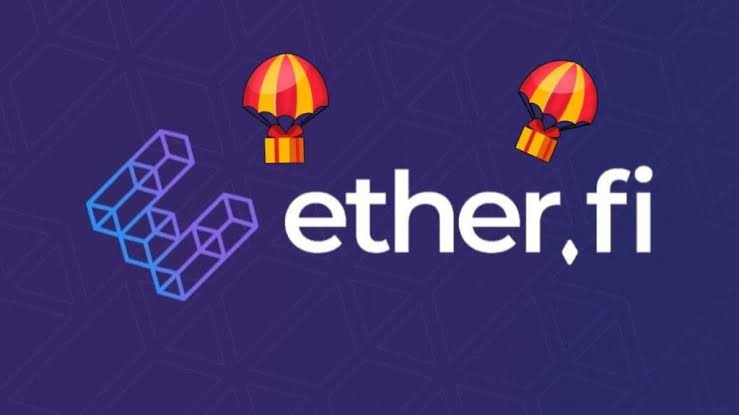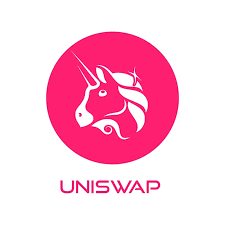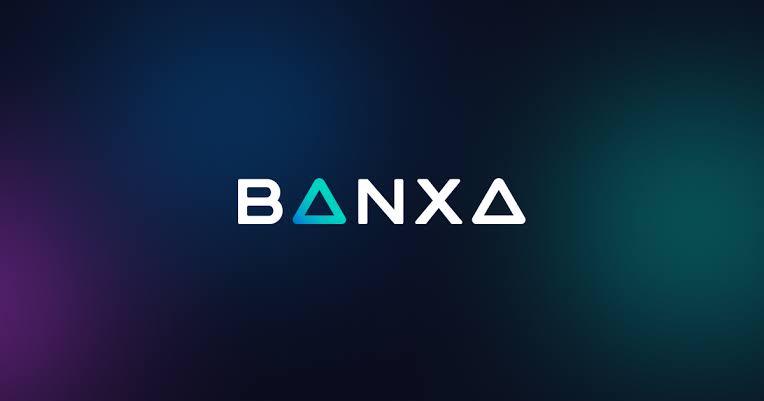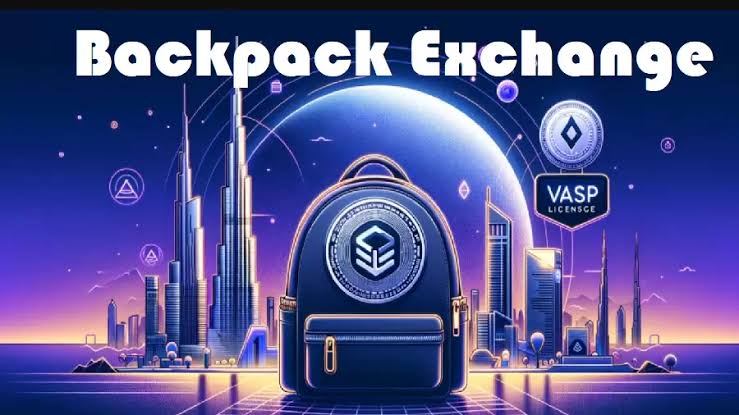Bali’s Burning Man-inspired festival reaches Web3
The transition from specialized technology to widely used technology frequently depends on identifying concrete applications that appeal to the general public. Nonfungible tokens (NFTs) and other Web3-related technologies are not an exception. The general population is still generally unaware of the practical benefits of these developments, despite early adopters and IT aficionados welcoming them with open arms. In order to close this gap, it is necessary to show how new technologies can be used to enhance daily life and bring true ease and value. NFT ticketing is one interesting use of Web3 technology in the real world. NFT tickets offer an encrypted and authenticated way to enter events, in contrast to standard tickets, which are easily misplaced, faked, or sold. Since each NFT ticket is a distinct digital asset, its ownership and authenticity are guaranteed by being maintained on a blockchain. Because NFT tickets can include extra benefits like admission to exclusive areas, exclusive content, or merchandise, this improves security and creates new avenues for fan connection. Additionally, NFT ticketing uses blockchain technology’s decentralization to make the ticketing process more open and effective. While guests enjoy a streamlined and safe experience, event organizers can effortlessly handle ticket sales, transfers, and resales. Events that use NFTs for ticketing can lower fraud, improve efficiency, and provide a cutting-edge, tech-savvy experience that appeals to both Web3 aficionados and non-techies. This creative ticketing strategy shows how NFTs may enrich daily tasks and encourage a wider adoption of Web3 technologies. Belong, an NFT ticketing platform for communities and events, offered a branded ticketing platform for Lampu 2024, demonstrating yet another real-world application for web3 technology. Annually, over a thousand people go from all over the world to Lampu, a festival inspired by the globally recognized Burning Man, to experience the ethereal atmosphere of Bali. Rethinking event attendance with NFTs is Belong, a Cointelegraph Accelerator participant. Token-gated access infrastructure on the Web3 platform enables organizers and community owners to sell NFT passes for attendance at events in both fiat and cryptocurrency. This year, the festival collaborated with Belong to provide attendees with a more seamless experience, from ticket purchases to in-event alerts. The event was held from February 29 to March 3. Belong customized the landing page with the Lampu logo for the event, enabling multiple UX optimizations to draw in visitors outside of the Web3 ecosystem. On the Belong website in Lampu, users may view event calendars, connected communities, and real-time updates. Festivals like Bali’s Lampu, which honor the universality of music, draw attendees from a far wider range of backgrounds. Terms like NFT ticketing and cryptocurrency payments may sound too sophisticated for festival attendees who are not familiar with Web3. For this reason, Belong combined Web2 and Web3 technologies to provide the perfect ticketing experience for Lampu, mainly by adding flexible payment choices. The USD Coin stablecoin, a cryptocurrency based on the US dollar, and well-known Web2 payment options were available to attendees of the Lampu festival as ways to pay for their experiences. Users could select Web3 wallets, Apple Pay, and Google Pay as their primary payment methods directly from the payments page. For international attendees, having the option to pay with a stablecoin like USDC eliminates the hassle of currency exchange and potential transaction fees associated with traditional banking. Additionally, integrating Web3 wallets caters to the growing number of crypto enthusiasts, providing them a seamless way to engage with the



